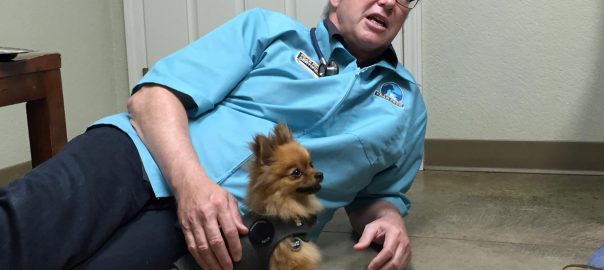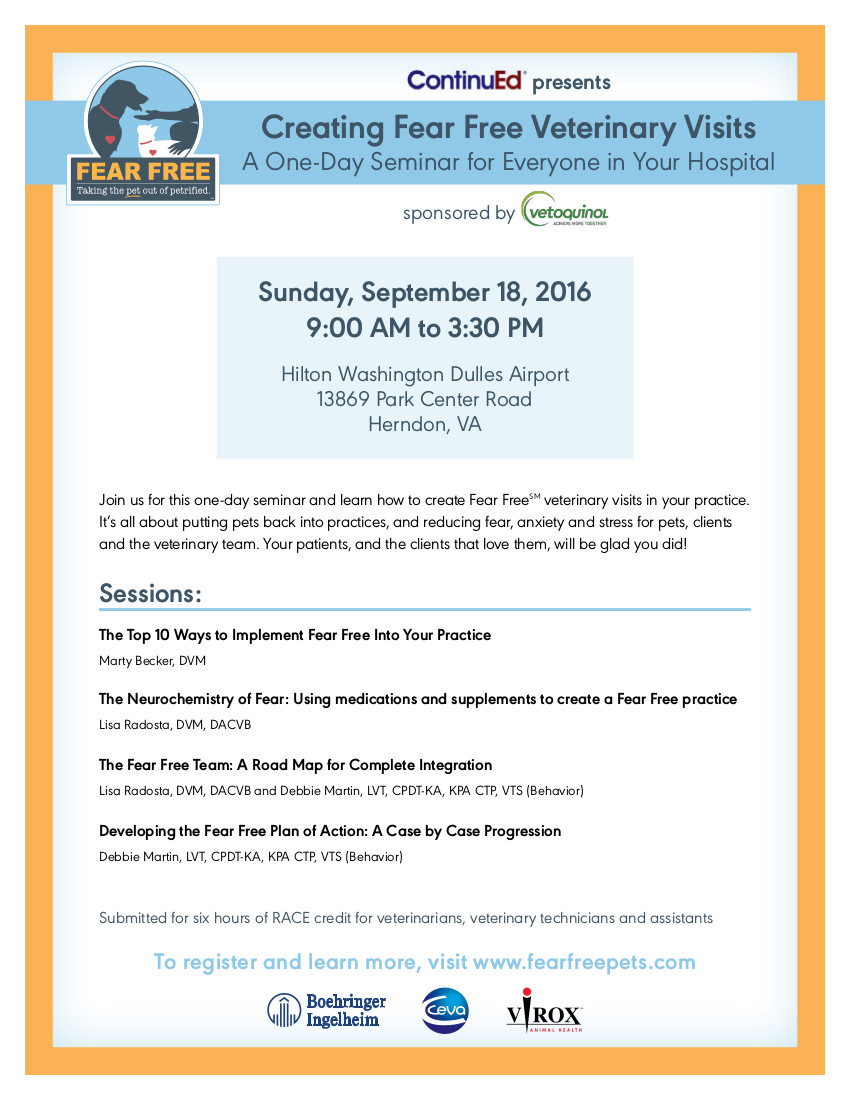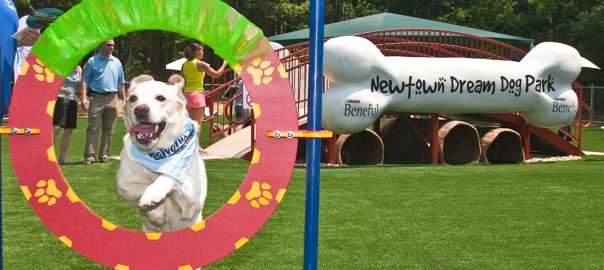Dog parks are playgrounds, not group therapy.
I’m talking about those people who bring dogs to dog parks not to proactively provide opportunities for happy socializing, but to fix socialization problems with other dogs.
The first gets a big thumbs up from me; the second is a real problem. I’ll let my trainer daughter, Mikkel Becker, tell you why:
Many pet parents live with the unspoken rule that “good dogs go to dog parks” and “good people take their dogs to dog parks.” The negative connotation of their dogs not being good fits for a dog park often causes guilt and shame. For that reason, despite a dog’s hesitance or involvement in negative incidents, upset dogs are frequently taken to the park in hopes of making the canine more social. With most dogs, when a park is used to “fix” social issues, the behavior only becomes worse.
One of the bigger concerns I have as a trainer is seeing dogs who are pushed into a situation, like a dog park, where they are overwhelmed and overloaded — and set up for failure.
Is your pet a dog park superstar or more selective about playtime? Either way, it doesn’t make your dog a bad dog, or you a bad dog mom or dad. Just be honest and realistic about who your pet really is, and give him the right kind of fun for his personality. You’ll all be happier that way!
And if your dog is born to play with other dogs, and thinks burning off steam racing around and chasing balls with other four-legged friends, keep an eye out for problems that might be developing. You can find a lot of great dog park safety tips from my friend and colleague Arden Moore on the Beneful Dream Dog Park website — including how to set your dog up for dog park success!
No matter what, though, don’t feel guilty if an honest assessment tells you that your pooch is a dog park party-pooper. Knowing that and protecting him and other dogs from a bad experience means you’re the best kind of dog owner, not the worst!






